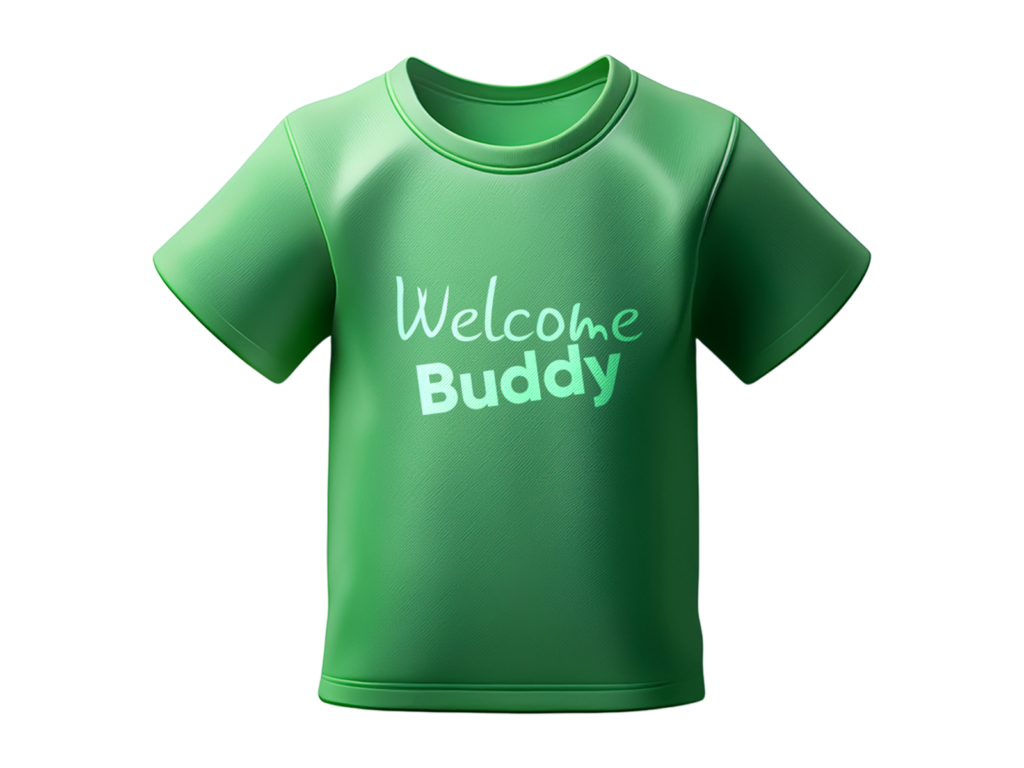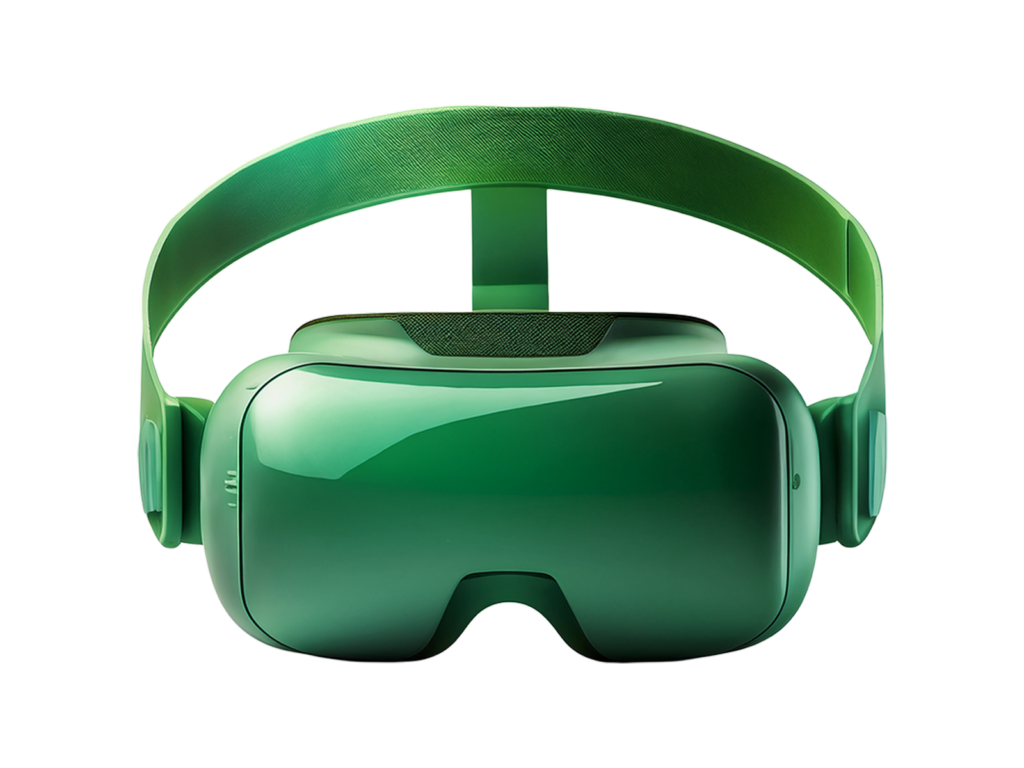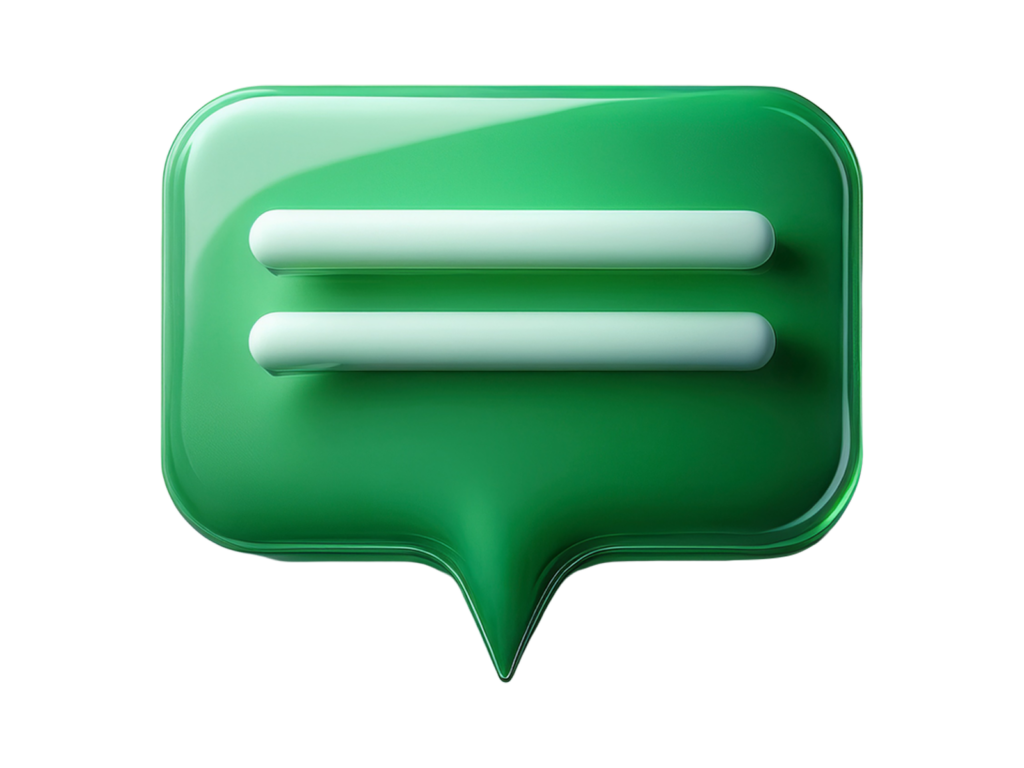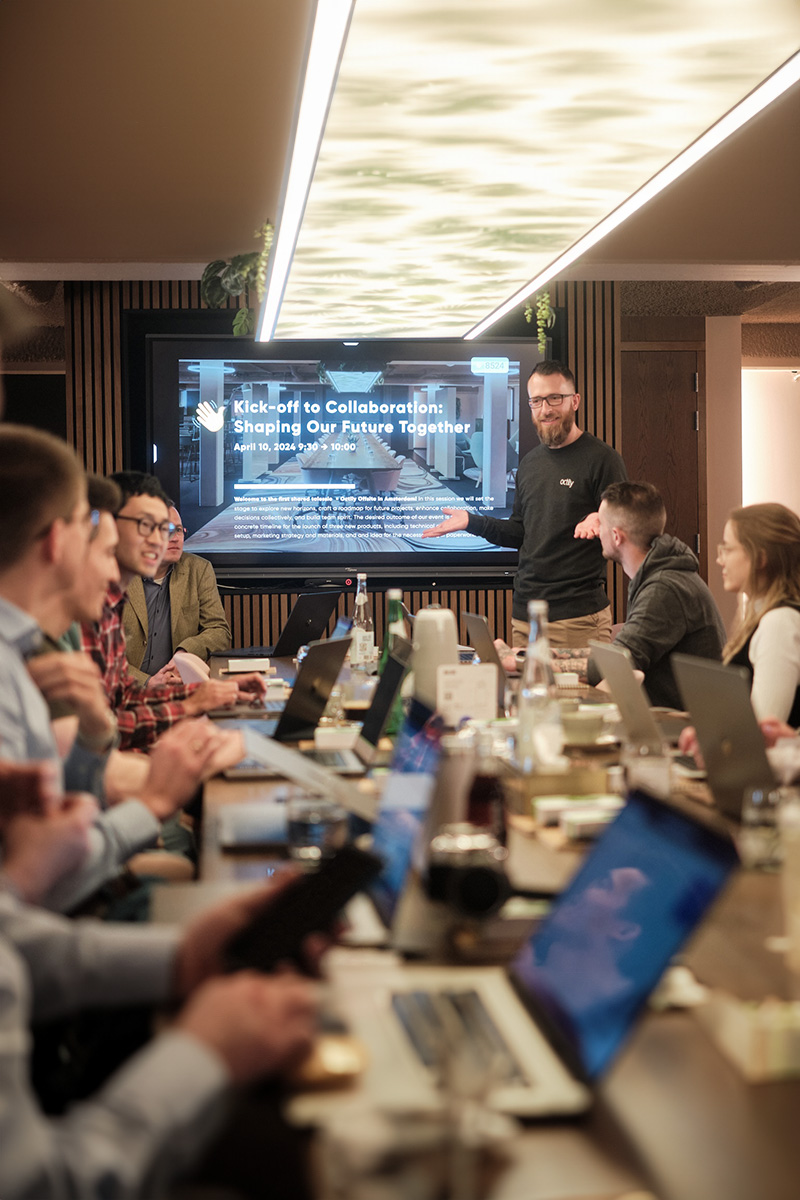Unexpected ideas for very expected problems
Workplace challenges aren’t new. But solving them with creativity? That’s an unexpected twist coming from HR. Maybe that’s exactly why it works.
From communication breakdowns to disengaged onboarding, here are eight examples of how thinking differently can lead to better outcomes and a lot more fun along the way.
Table of Content
- 1. When goals risk getting buried, turn up the volume
- 2. When onboarding feels like a checklist, turn it into a scavenger hunt
- 3. When responses feel filtered, skip to 😎
- 4. When mandatory training gets ignored, make it impossible to forget
- 5. When recognition feels like a template, pass the tacos
- 6. When hiring leaves people out, rethink the process
- 7. When no one reads the update, change how you show up
- 8. When culture feels flat, start something silly
When goals risk getting buried, turn up the volume
How do you make sure your biggest goals don’t disappear behind day-to-day tasks? The kind of updates that matter most can’t just be said once, but repeating ourselves into oblivion wasn’t helping either.
So we skipped the long email. We skipped the meeting. We made a music video.
🎶 “Locked In” turned our current strategy into something people actually wanted to hear. It was high-energy, full of real milestones, and just emotional enough to stick.
It got attention. It got remembered. And yes, it got stuck in everyone’s head.
Because nothing sticks like a chorus and a slightly dramatic slow-mo montage.
Meetings are Temporary. Videos Live Forever.
Strategy with a beat, culture with a storyline, or anything in between? Let’s make a video together. Reach out to us via Get in touch, send an email, or book a meeting.
When onboarding feels like a checklist, turn it into a scavenger hunt
Bazaarvoice wanted new hires to feel part of the culture right from day one. So they designed an onboarding experience that’s more quest than checklist.
Instead of front-loading week one with slide decks and awkward intros, new employees spend their first week on a scavenger hunt. Tasks include shadowing client calls, setting up video chats with remote colleagues, joining global calls, answering company trivia, and introducing themselves at team snack breaks.
They’re not doing “real work” yet. They’re on a mission to connect, explore, and understand how the company works. It ends with a tradition: ringing the company gong and getting a T-shirt.
Oh, and if they realise during the week that the company isn’t for them? They get a “pay to quit” option, inspired by Zappos.
The result? 100 percent onboarding satisfaction. No dull slideshows required.
Because a little adventure makes learning the ropes a lot more fun.
Source: Lucky7.io, Archbee, RippleMatch

When responses feel filtered, skip to 😎
Long surveys are easy to skip. Even when people respond, the results often sit untouched in a spreadsheet graveyard.
But research shows that making feedback feel lighter can actually make it more effective. Emojis, for example, are surprisingly powerful. A 2022 study of over 60 million GitHub posts found that developers who never used emojis were three times more likely to disengage from the platform. Emoji use correlated with higher participation, better time management, and stronger connections.
A study published in Computers in Human Behavior found that using emojis made people seem warmer and easier to understand. Even when the emojis weren’t entirely sincere, they still helped people feel more comfortable sharing their thoughts.
In short: using emojis for check-ins and feedback can make responses faster, more honest, and more human.
Because if you want feedback people actually give, maybe start with 😐 and see where it goes.
Source: PLOS ONE, Computers in Human Behavior

When mandatory training gets ignored, make it impossible to forget
You’ve seen it before. The dreaded compliance module. Click next. Guess the quiz answers and hope it ends soon.
The NHS took a different approach. As part of their inclusion program, they created a VR experience called Walking in the shoes of… based on over 130 interviews with staff from ethnic minority backgrounds.
Instead of reading about discrimination, employees stepped into real workplace scenarios. They saw, heard, and felt the moments their colleagues had described.
It didn’t just meet a requirement. It opened eyes and sparked conversations that no slideshow ever could.
Because nothing says “this matters” like walking in someone else’s shoes. Literally.
Source: The Guardian

When recognition feels like a template, pass the tacos
You know the drill. A quarterly shoutout. A points system no one checks. Maybe a badge if you’re lucky. It’s polite. It’s fine. It’s also easy to forget.
Centime wanted recognition to feel more genuine, so they switched to HeyTaco, a Slack-integrated peer-to-peer recognition platform. Employees could send each other virtual tacos as spontaneous kudos. No approval flow. No scorecards.
The company’s “#Sales Ringing the Bell” channel turned into a stream of emojis, inside jokes, thank-yous, and the occasional bonus day off. The vibe shifted from transactional to truly human.
Recognition became part of the culture instead of a quarterly task. No forms. Just good timing and a bit of fun.
Because sometimes a tiny taco says more than a plaque ever could.
Source: HeyTaco

When hiring leaves people out, rethink the process
Hilton wanted to open its doors to a wider range of talent, including people with learning disabilities. But that meant more than just changing the message. They had to change the process.
They rewrote job descriptions to focus on what actually mattered. They removed requirements that didn’t reflect the work. Instead of formal interviews, they offered trial workdays and practical assessments. Onboarding included one-to-one coaching and structured in-role support to help new hires settle in.
The jobs were real. Commis chefs. Front-of-house support. Reception. What changed was the way people were welcomed into them.
The results? Higher engagement, better retention, and teams that reflect the world they serve.
Because the problem usually isn’t the person. It’s the process.
Source: HRD Connect, HCAMag

When no one reads the update, change how you show up
You write the update. You hit send. And then you wonder if anyone actually read it.
Internal communication often lives in inboxes and intranet pages that people are already ignoring. Some teams are trying something different. Browser notifications for key updates. Messages embedded directly on learner home pages. Quick visuals instead of five-paragraph summaries.
The goal isn’t to shout louder. It’s to show up in the right place at the right time.
And yes, we’ve seen it work. Whether it’s compliance reminders, course launches, or birthday tributes to the office cat, if it pops up where people already are, it gets noticed.
Because visibility beats word count. Every time.

Emails whisper. Notifications tap you on the shoulder.
They show up where people are already looking, with just the right nudge to click. Simple. Visible. Hard to miss.
When culture feels flat, start something silly
Not every culture fix needs to be a strategy. Sometimes all it takes is a running joke that sticks.
Think fake awards like “Most Dramatic Zoom Freeze” or a low-stakes game where someone hides printed cat memes around the office and everyone races to find them and send a photo. No prizes. No rules. Just a bit of unexpected fun that breaks the routine.
These things don’t take hours to plan. They don’t need approvals. But they make people laugh, feel part of something, and bring a little personality into places that can sometimes feel too serious.
The culture feels more alive. And no one has to schedule a workshop to make it happen.
Because if it makes people smile and want to stay, it counts.

So… is HR the new creative department?
Maybe not. But creativity clearly has a place here. The best ideas don’t always come from another policy or another spreadsheet. Sometimes, they come with a beat, a meme cat, or a taco.
Small shifts, big ripple effects. That’s where the magic happens.

Want help bringing more creativity into your HR projects?
Whether it’s a video, an onboarding game, or a reworked feedback form, if it needs a little spark, we’re in.


